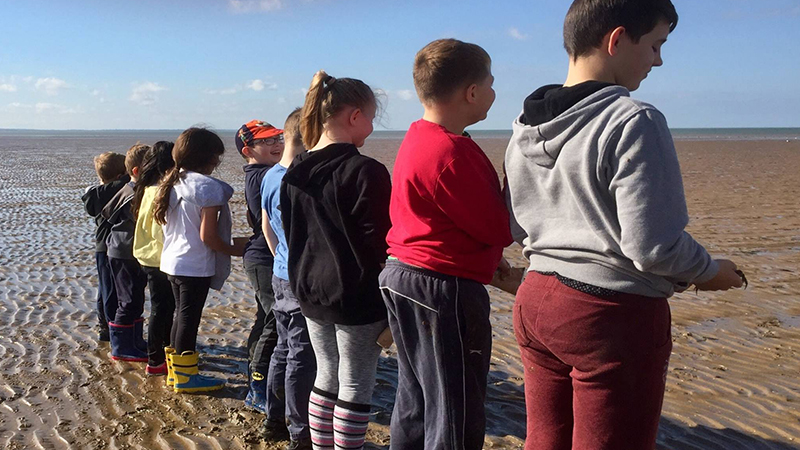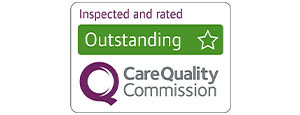“For me, the GEM days are amazing. My son always gets upset when it’s time for me to leave but everyone that works on these GEM days gives me and my son confidence to be able to leave.
It’s still so raw for us and I always personally walk away upset because it makes me sad seeing all these young ones there, but the groups are so well put together and organised I am so grateful for these GEM days. My Son gets to express himself and his given the confidence and tools to do so. He enjoys going to these days. So thank you“.
This year, 17th to 23rd of November marks Children’s Grief Awareness Week.
Spearheaded by the Childhood Bereavement Network, the week’s goal is to raise awareness of bereaved children and young people in the UK. And demonstrate the kind of difference providing free, professional support to grieving young people can make to their lives – and their futures.
In 2022, we are one of the organisations taking part, showing solidarity with bereaved children, young people, and their families.
We, of course, is no stranger to working with bereaved children. Its GEMS (Grief: Every Memory is Special) groups provide bereavement support for children aged 6 to 16. Blending play and fun with a combination of therapeutic activities, our GEMS days help young people open up around grief in a safe space – surrounded by those experiencing many of the same feelings they are.
“On our GEMS Day, children and young people share as much as they want, or as little,” says Jola Martis, ellenor’s play therapist.
“We guide them through this. We had one child who struggled at the beginning – he’d lost his dad and was anxious leaving his mum. He was the youngest, five years old. With some reassurance, he decided to stay – and participated very well. He loved it, and even stood up at the end and shared with others what he gained from the session.”
The GEMS sessions incorporate a wide range of activities. They start with introductions, to build the kids’ confidence around – and camaraderie with – each other. Each child’s loss is acknowledged, and they’re invited to speak about their feelings; or to express them through whatever non-verbal medium they’re most comfortable with.
Of course, there’s also plenty of fun: whether that’s playing in the garden, making cupcakes, or walking, running, and chatting together; forming friendships and laughing loudly.
In October, our GEMS Day took place – this time, with a twist. In support of Children’s Grief Awareness Week, this GEMS day included a special activity: ‘Sharing Shapes’.









